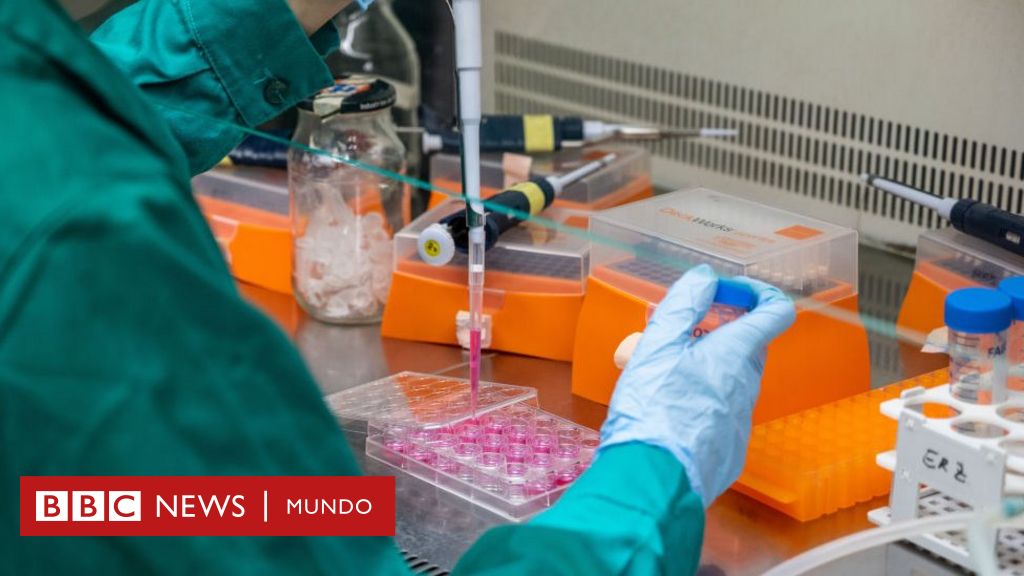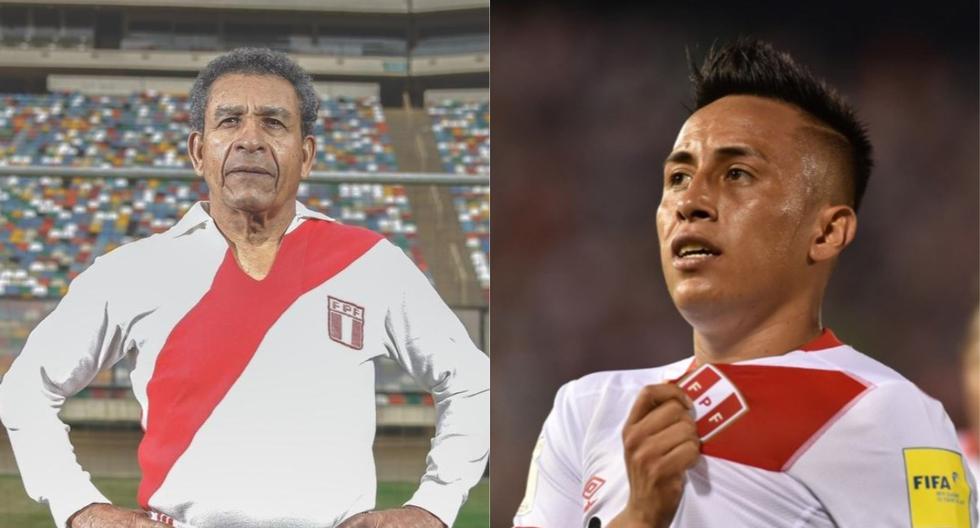- Drafting
- BBC News World
Image source, fake images
Remember when Pluto was a planet? Until very recently, the planetary state of Pluto was an immutable fact that children learned in school.
And it had its place in the papier-mâché models of the solar system.
But in August 2006 it was cruelly degraded to a “dwarf planet” by failing to meet one of the three criteria used by the International Astronomical Union to determine that a celestial body is a planet.
We are taught from an early age to think that what we are taught are proven facts, and discovering that they are not can be unsettling.
But does this mean that we can’t trust science?
According to the British Royal Society, the world’s oldest independent scientific academy, the answer is “quite the opposite.”
Questioning
Questioning established facts is actually the heart of the scientific method.
Think of the entire process as a giant system of checks and balances based on raw information gleaned from experiments or observations of nature.
Those experiments and observations lead to the formulation of a hypothesis that then goes through a rigorous verification process by other scientists.
However, there is not always enough information to draw the correct conclusions.
Take Francis Bacon, for example, who noticed that the coasts of West Africa and eastern South America appeared symmetrical.
And he believed that nature was copying itself.
What you couldn’t know in the early 1620s was that the two coasts are the two sides of a geological fault in an ancient supercontinent that split 140 million years ago.
Bacon’s hypothesis continued to be held true for centuries, until new discoveries about the science of plate tectonics emerged in the 1950s and provided a clear explanation for Bacon’s observation.
Image source, fake images
Bacon’s wrong hypothesis was the established truth for centuries.
There is also the fact that different experts examining the same raw data can draw different conclusions.
Think of poor Robert Plot, who, in the 1670s, found a fossilized bone that he thought was that of a giant human.
At least it wasn’t around when a geologist and zoologist proved it was actually a Megalosaurus, a species of dinosaur that roamed the Earth in the middle Jurassic.
Sometimes the scientific method consists in performing innovative experiments at the right timeand in the right place to test theories.
In 1919, a successful meeting of the Royal Society confirmed Einstein’s theory of general relativity after a solar eclipse provided the perfect circumstances for measuring the curvature of starlight.
This showed that the gravity of a huge object, like the Sun, could deflect light around it.
Under the watchful eye of Isaac Newton’s portrait, the scientific community replaced his earlier theory with Einstein’s newer and more general interpretation of gravity.
But even with the evidence in its favor, Einstein’s theory still cannot be considered fact.
It is even possible that, in the future, new advances will exceed what we now know of general relativity.
Image source, fake images
Uncertainty in science is not enough if all perspectives are equal. Sometimes the lack of diversity in the system can skew the results.
Until the 1970s, primatologists were mostly male and tended to limit their studies to male specimens.
They believed that the aggressiveness observed in baboons meant that human evolution had been driven by similar behavior.
That was until anthropologist Shirley Strum began observing male and female baboons, disproving these earlier theories.
Scientists don’t always get it right the first time. But instead of casting doubt, it should inspire confidence that outdated ideas are replaced when new information becomes available.
It is the difference between updating your mobile and clinging to your old landline because you do not want to make a mistake.
And in most cases, the most recent advances would not be possible without the work that preceded them.
While the landline is not the best technology available today, your smartphone would not exist without it.
Uncertainty is part of the scientific process. And it is, in fact, the fundamental reason why progress is possible.
Ultimately, it’s about who you trust the most, the person who is sure she is right or the person who is willing to be proven wrong.
Remember that you can receive notifications from BBC Mundo. Download the new version of our app and activate them so you don’t miss out on our best content.





